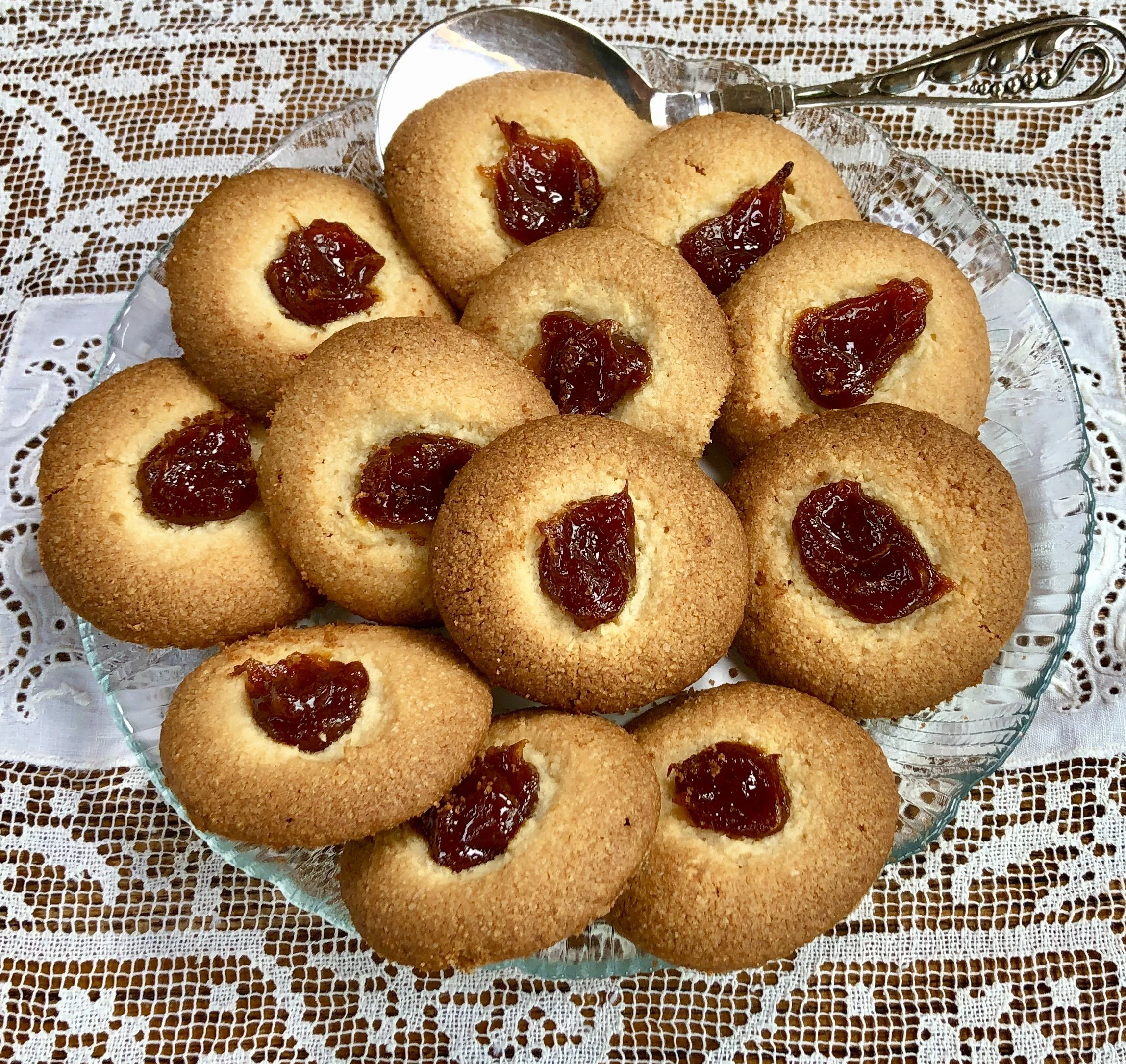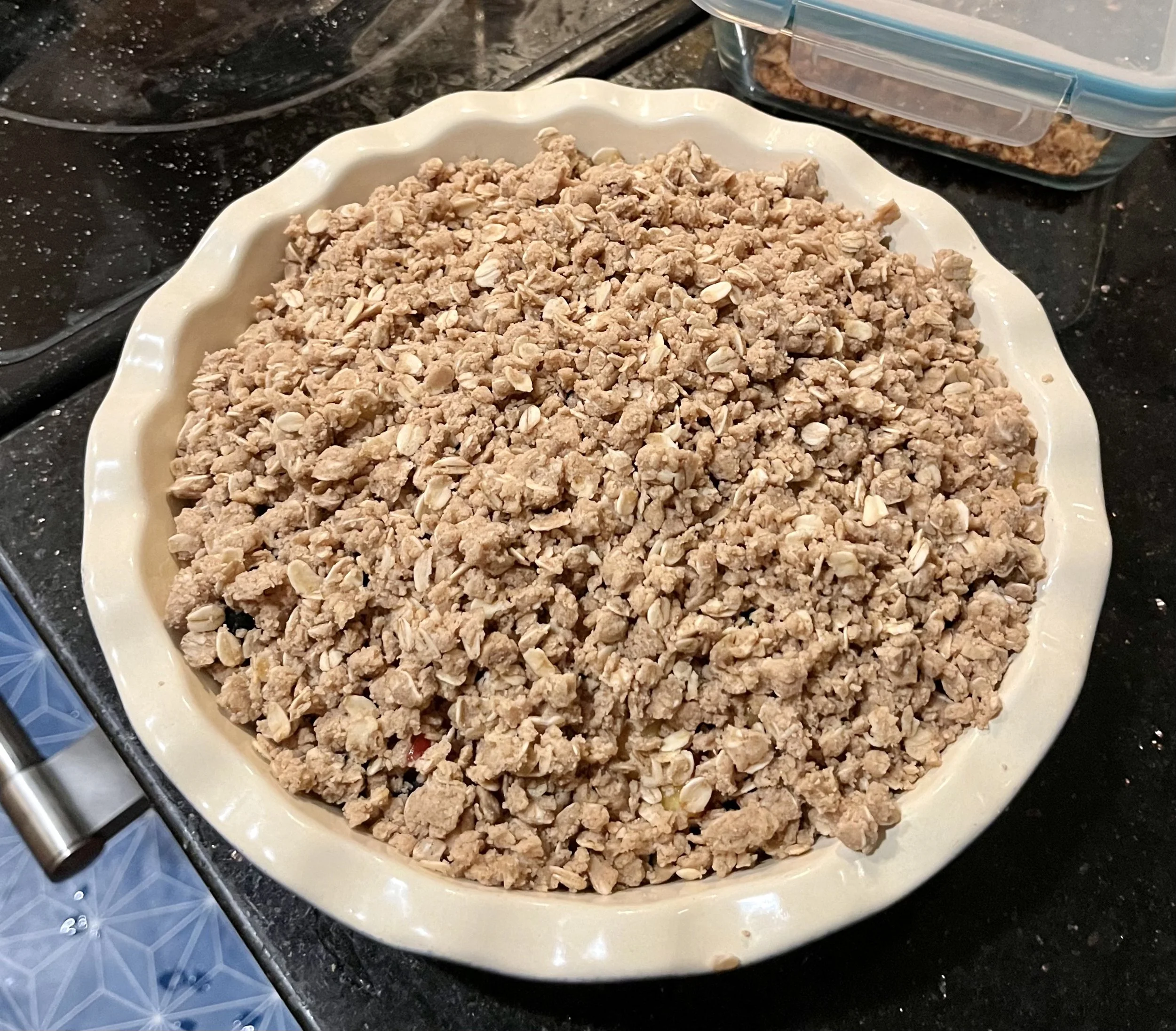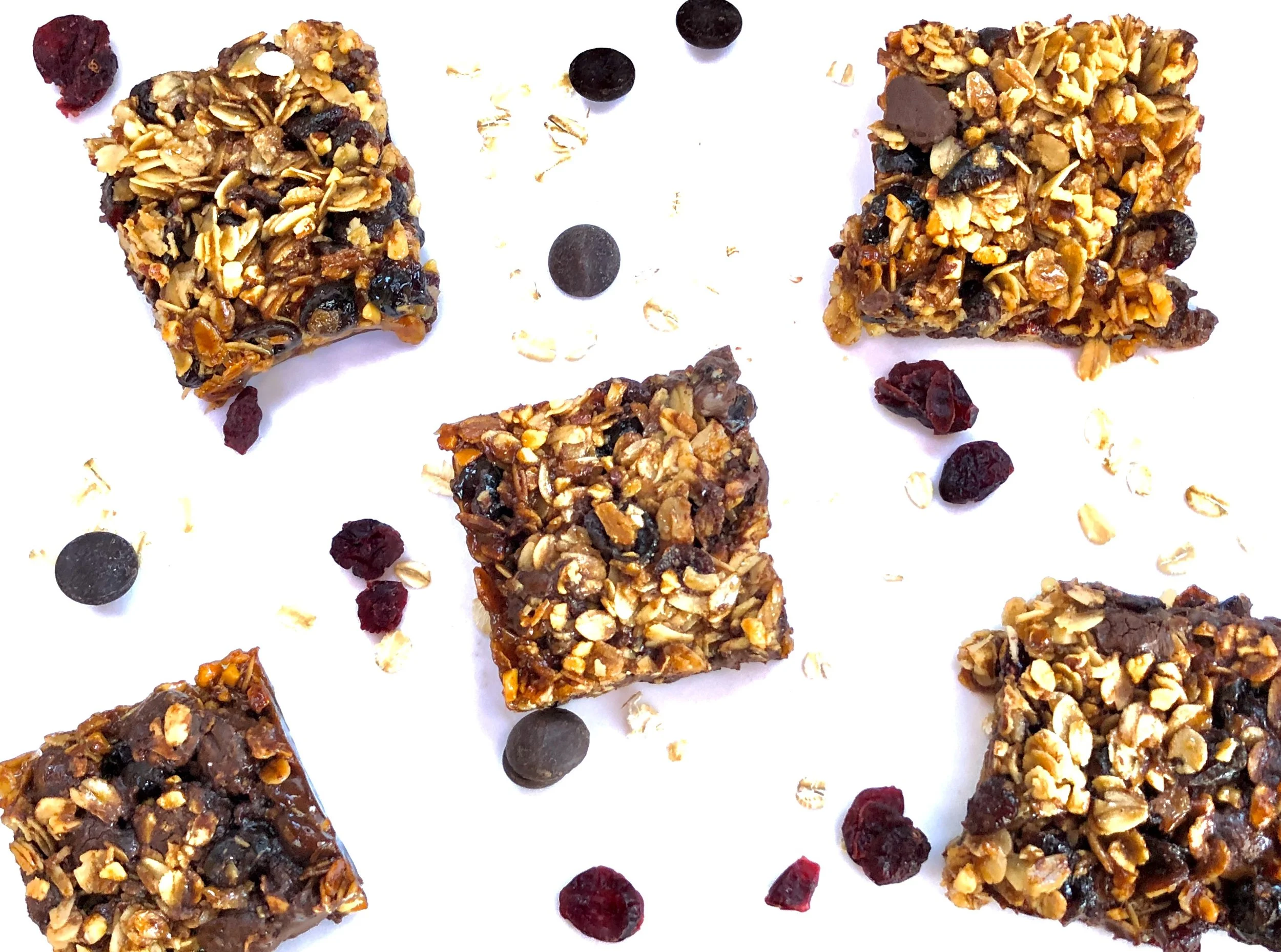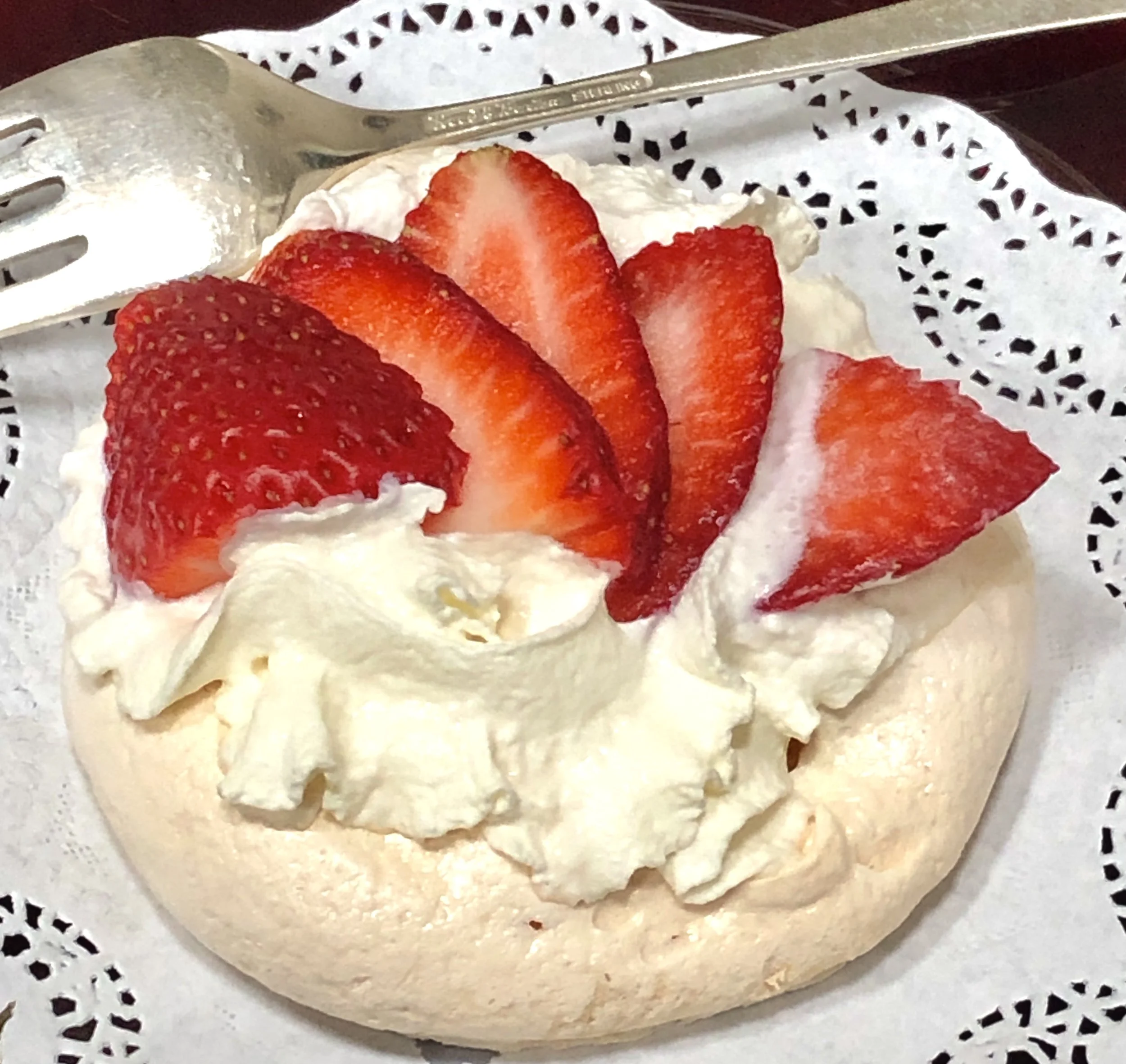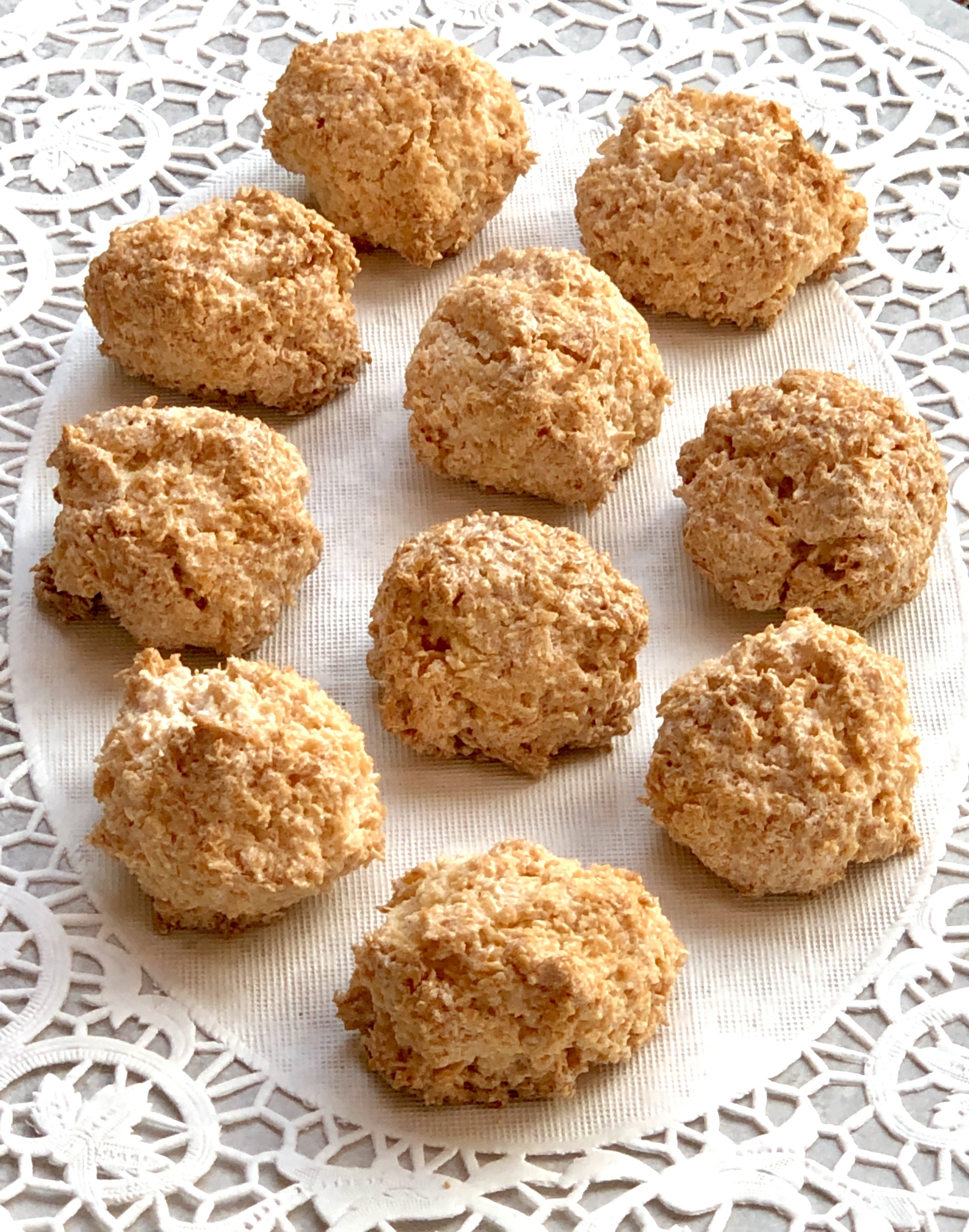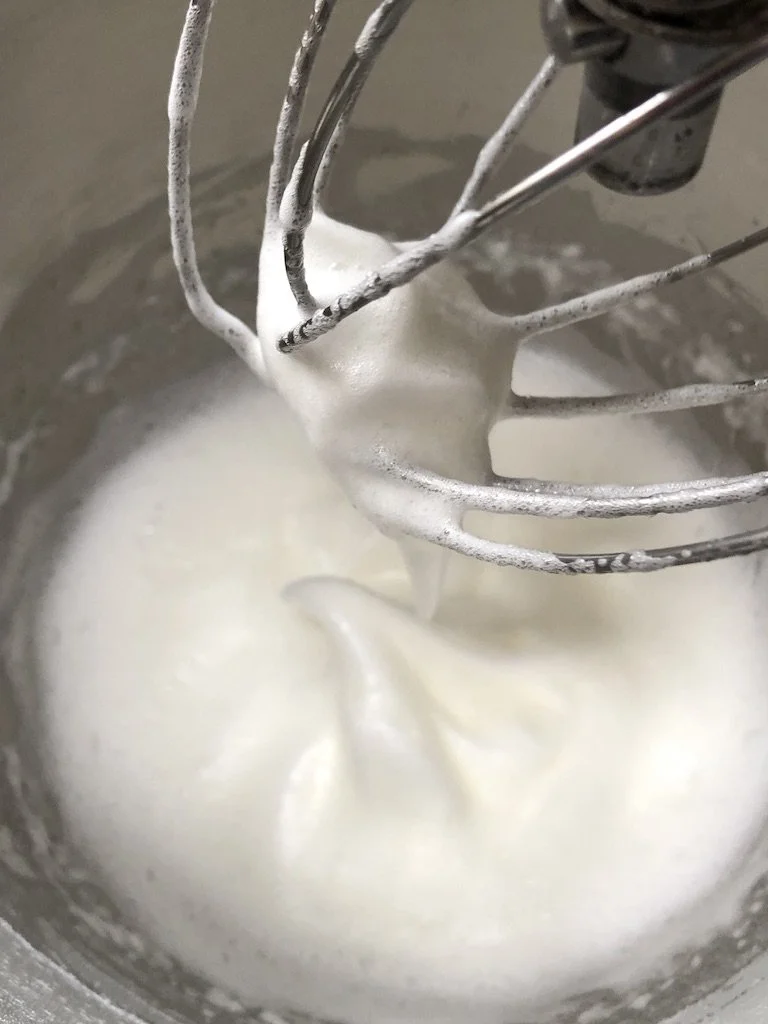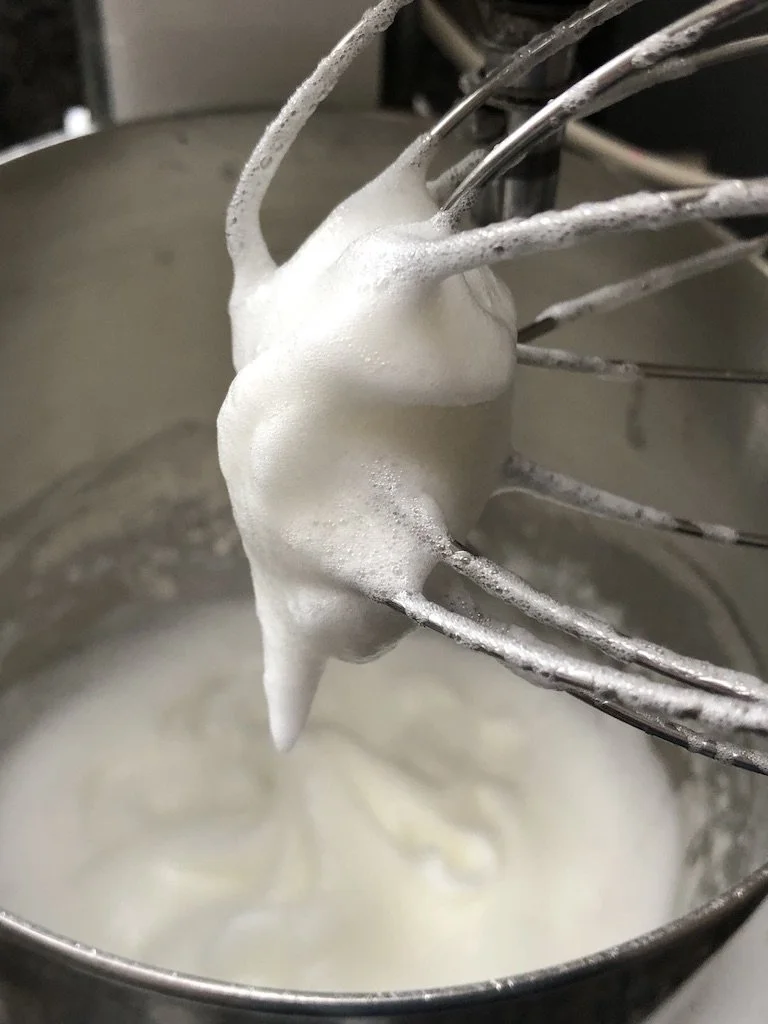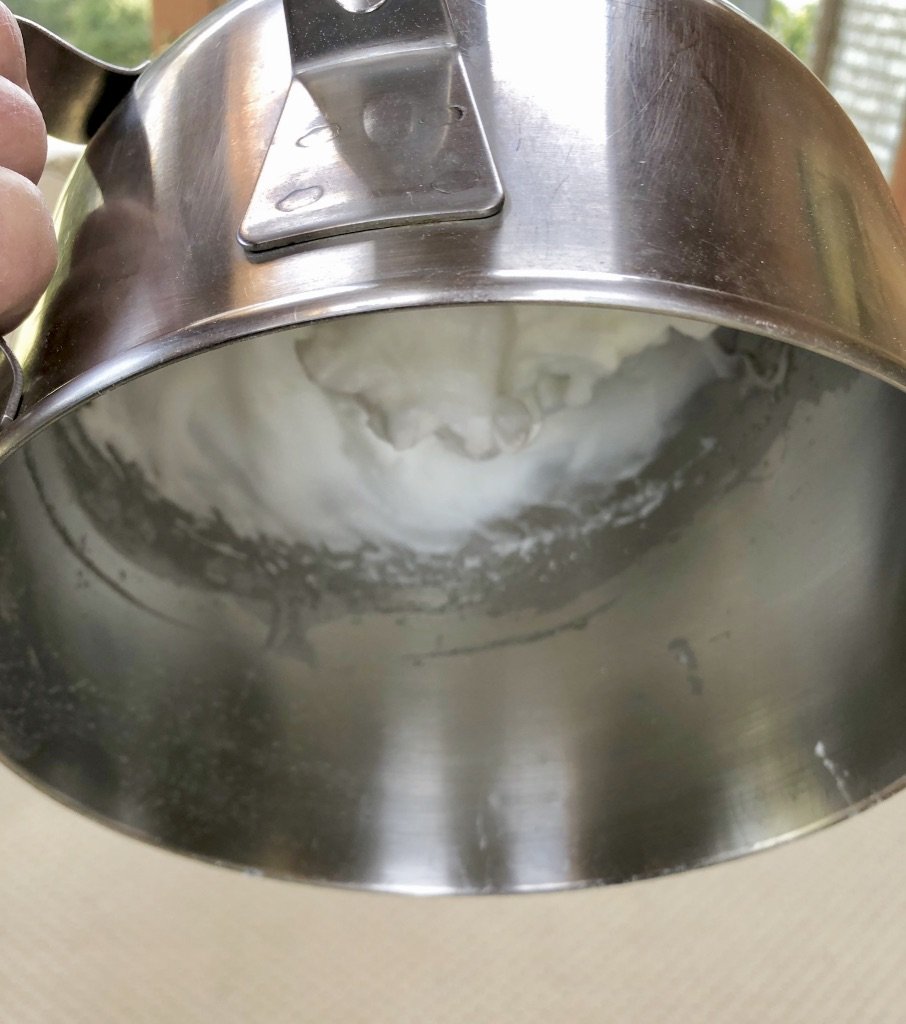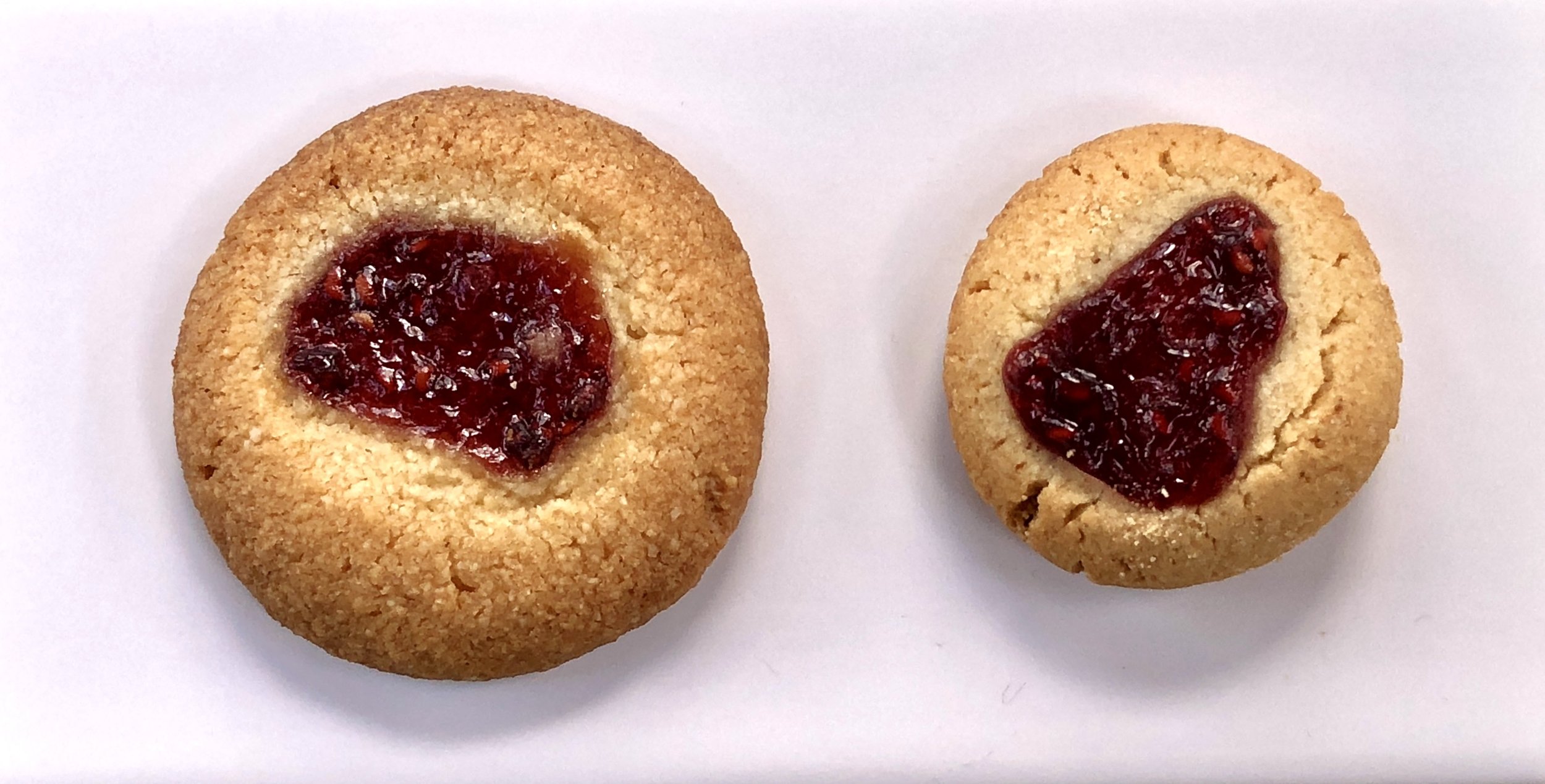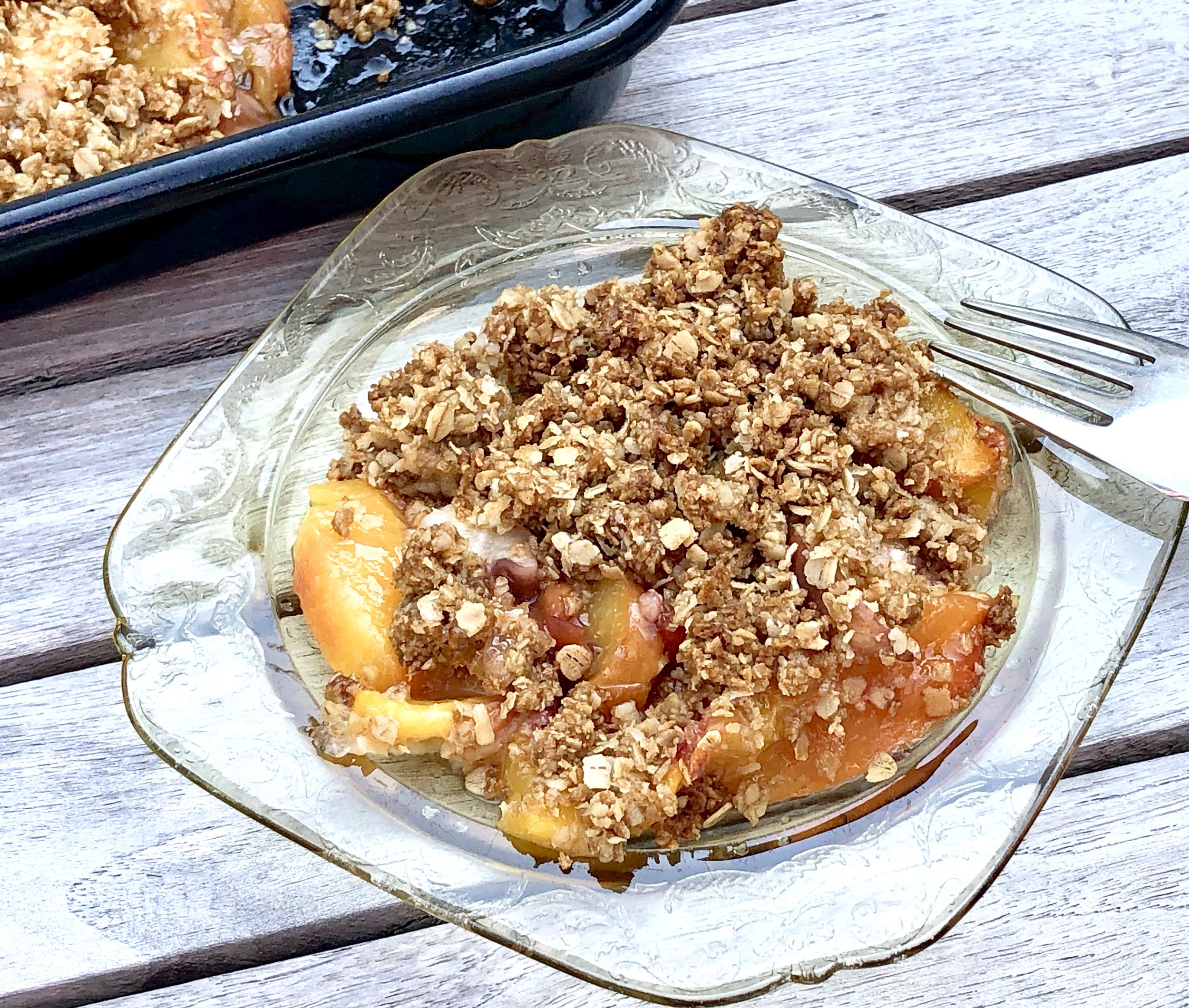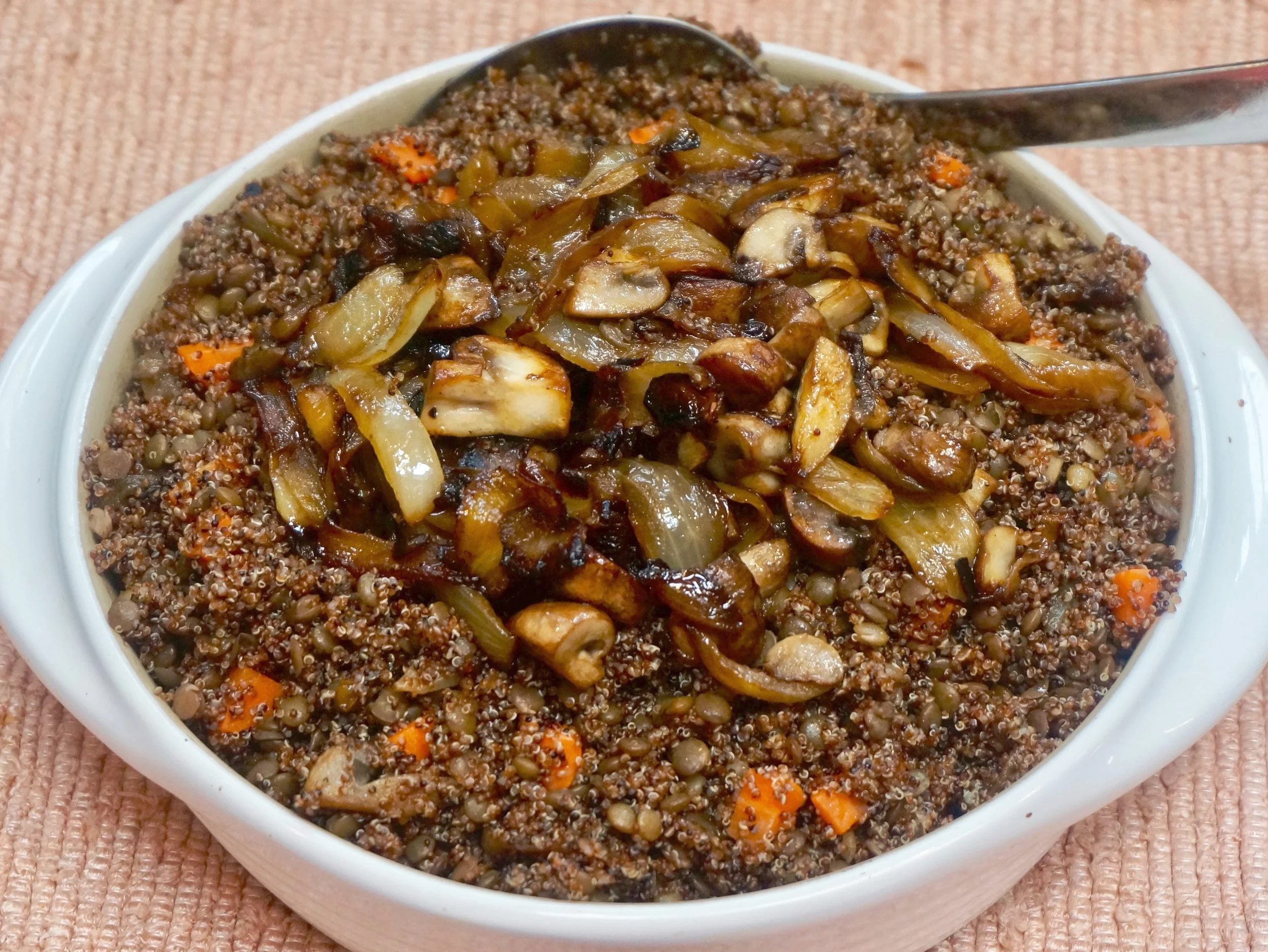My great-aunt Fanny’s thumbprint cookies have been a family favorite for over a century. They’re the best butter cookies on earth and we lovingly call them Fannies (rather than just butter or thumbprint cookies) in her honor.
I’ve written about these cookies several times and the recipe for her original is on my website.
But we love these cookies so much I have experimented over the years to find a version suitable for Passover.
Success!
There are a couple of recipes for different versions on my website (using matzo cake meal). Everyone likes all the recipes, however, this one has been declared the favorite. They’re not nut-free, obviously, but they are gluten free.
Aunt Fanny and her cookie recipe: this is what is meant by immortality.
ALMOND AND COCONUT BUTTER COOKIES (PASSOVER)
2 cups almond flour
1/2 cup coconut flour
1/2 teaspoon salt
1/2 pound unsalted butter
2/3 cup sugar
2 large egg yolks
1-1/2 teaspoons vanilla extract
jam, lekvar, chocolate chips, etc.
Preheat the oven to 350 degrees. Mix the almond flour, coconut flour and salt in a bowl and set aside. Place the butter and sugar in the bowl of an electric mixer and mix on medium speed for 1-2 minutes or until the ingredients are evenly combined and the mixture is light and fluffy. Add the almond flour mixture and mix another 1-2 minutes, or until the ingredients are almost blended. Add the egg yolks and vanilla extract. Mix the ingredients 1-2 minutes, or until a uniform dough forms. Refrigerate the dough for at least 45 minutes. Scoop pieces of dough and shape them into balls about 1" in diameter. Flatten the balls between your palms (about 1/8”). Press each circle with your thumb to make an indentation in the center. Place the cookies on a cookie sheet, leaving an inch of space between them. Fill the thumb print spaces with a small amount of lekvar, jam, etc. Bake for 18-23 minutes or until the cookies are golden brown.
Makes about 50
